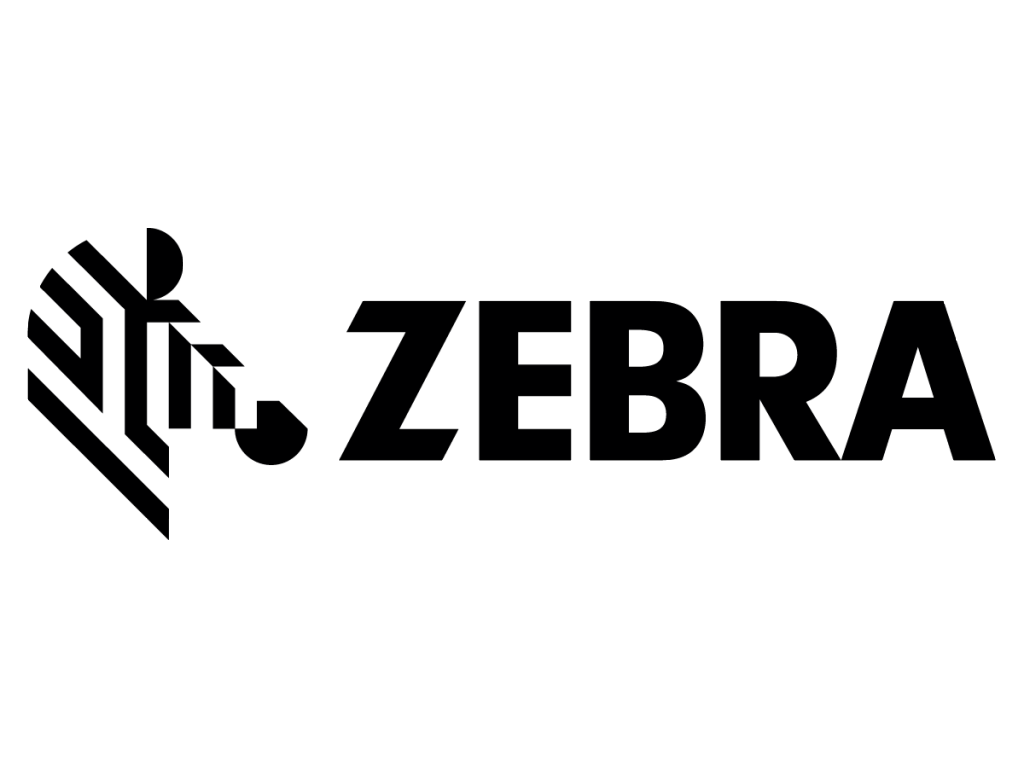9 min read
Top Enterprise Content Management Companies [in 2022]
By:
Kali Mogg
on
December 10, 2021
Updated: May 18, 2022

From large enterprises to small and mid-size companies, businesses all benefit from better management of content. This means that documents, electronic files, data, images, and all matter of digital materials need to be organized and readily available to help employees do their jobs.
Enterprise content management (ECM) solutions play a major role working with and organizing all of this data and information. Today, businesses can choose from many different ECM platforms and solutions and from various top enterprise content management companies that can help to implement or revamp businesses’ ECM systems.
By understanding more about ECM functionalities, options, and best resources for your company’s needs, you’ll select the best enterprise content management solution for your business.
What Is an Enterprise Content Management System?
Enterprise content management systems provide a formalized means of storing and organizing process documents and content. ECM is more than just the software that enables organization and document and data management. Its definition touches on and includes all of the features and business applications that an ECM can provide.
ECM includes the storing and managing tools, strategies, and processes used to retain, share, capture, and manage data and information. As a content services platform, ECMs can perform:
- Managing digital assets
- Indexing
- Document collaboration
- Workflow management
- Audit trails
- Business processes management
- Email management
- Imaging
ECM and DCM: Similar Platforms, But Don’t Be Confused
Sometimes it’s necessary to define something by what it isn’t. An ECM is not a DCM, or document content management.
Document management systems are more of a subset of enterprise content management systems. While similar, a DCM refers to a software system that’s designed to store and manage digital files. Tracking and managing documents is a core feature of an ECM, but the difference is that DCMs are defined solely by those abilities. ECMs, comparatively, include more features and can perform more tasks.
Document management is a core capability of any enterprise content management software. But beyond document management, ECM can perform automated tasks and performance-driven abilities that make it more comparable to a virtual personal assistant. DCM, on the other hand, is more like a virtual filing cabinet.
ECM Essential Features
Most content services platforms can provide necessary management of content and document management services. But there are a variety of additional features and capabilities that really can’t be overlooked.
Large enterprises and small companies alike all need to work smarter and more efficiently. To do so, there are a number of must-have ECM features to look out for.
1. Strong Document and Asset Management
A robust document and digital asset management system is key. This means that features like customizable folders and access verification are included, along with the ability to store any type of content and other digital assets used for internal and external purposes.
2. Collaboration Security
Collaboration is key to any business application, and that’s especially true for content-centric applications. More and more employees work remotely, and all must have access to an ECM’s data, assets, and documents. Collaboration also permits workers to open up and work on the same document together and easily view versions, updates, and edits to a document. While such collaboration might already be possible on current systems, ECM platforms can add document security measures like access verification and permissions to ensure secure collaboration with only trusted collaborators.
3. Regulatory Compliance
An ECM solution can enhance regulatory compliance standards by automatically incorporating and helping users follow regional and industry-specific regulations pertaining to documents and data. Alerts, formatting, and other settings can be adjusted to help with compliance. Also, important documents can be securely stored and easily accessed, improving records management and recall as it pertains to compliance.
4. Records Management
An enterprise document management system serves as a central repository for stored digital files. Storing documents and other data isn’t revolutionary, but what sets ECM systems apart is their ability to standardize and structure storage processes for easy look-up, recall, and accessibility. Access to content that’s older can be difficult if proper naming conventions and storage practices aren’t incorporated. Enterprise content solves these issues with enhanced storage and organizational policies.
5. Advanced Search
Because an enterprise content management system brings all content and data under one digital roof, so to speak, finding documents and other forms of content becomes much easier. Beyond standardized naming conventions, documents and information can be searched by keywords, internal classifications, creation date, access date, and other means. Fast, accurate search capabilities are meant to do one thing: improve workplace efficiency. Doing so boosts both company and employee performance.
6. Version Control, Modification Tracking, and Rollback
Since ECM is designed for collaboration, many different users and authors will make changes to documents and edit content. Using traditional unstructured content approaches, this scenario poses challenges; it can quickly become difficult to determine what was changed and by whom. With multiple users accessing and editing files, a good ECM platform can use real-time tracking and storing features to indicate modification history and access history. Finally, the ability to easily roll back a document to a previous version is key.
7. Redundancy Detection
While collaboration is useful to any business and management platform, it also poses challenges to document management. When multiple users are working on the same document, it’s easy to lose track of the most current version. Redundancy detection works to automatically ensure that users are accessing the latest copies of documents and that an up-to-date version does not get confused with older and existing versions.
8. Integration with Existing Apps
Content-centric applications exist alongside other important applications and systems. Some ECM platforms can complement document management solutions and other similar systems already in use. In any case, an ECM must be able to integrate with existing applications. Your company or department will have its own systems in place, and being sure that existing programs can mesh with a new or upgraded ECM system is necessary. Your website management program, customer relationship management platform, and others should be able to integrate, at least in part, with your ECM.
9. Cloud Hybrid Hosting
Do you currently store all of your documents and digital files on a single company server? Doing so might work fine for your business, but what if that server experiences problems or loses data? Top enterprise content management companies include cloud-based hosting and storage with their platforms. While internal storage is fine for some data storage, having a backup or hybrid storage method enhances security and safekeeping for all asset management. Cloud-based systems can also provide faster access than some internal servers and systems.
10. Analytics
Storing and recalling data and documents is crucial to all content services platforms. But a more sophisticated ECM platform can take things a step further. Intelligent information management relates to data handling and predictive workflow capabilities, providing advanced tracking and analytics, and improved document lifecycle management. Documents, images, and other stored media are essential pieces and compilations of information. Analytics helps to manage this information and predict its usefulness and application to further projects.
There’s plenty to take in as far as learning about the best ECM features and how they can apply to your business needs. If you need any assistance finding out more about choosing the best ECM, Standley Systems can help you make an informed decision.
Which ECM Should You Choose? Consider This.
Your business applications and the type of content you work with will largely determine your ECM needs. However, considerations like cost, security, and business size factor in. Considering each is crucial.
ECM Cost
Many ECM providers do not disclose their prices but will provide a quote upon request. Costs often involve licensing fees and subscription plans:
- Enterprise content management software can have an annual or one-time fee that starts around $2,000 or $3,000.
- Some providers charge subscription fees of around $15 or $20 per month for each user. Some also offer free trials.
Business Size
Small companies and large enterprises can benefit from using an enterprise content system. However, small businesses may have different needs or not require as extensive types of services or as vast capabilities.
Enterprise content management tools can be adjusted for different companies and even for various departments. This way small businesses don’t end up with lots of unnecessary features and large businesses have an extensive range of content-centric applications and asset management tools available.
Security Needs
Compared to managing and storing information on an internal server or even via paper files and folders, ECMs can offer enhanced security and backup measures. Common security features include:
- Password protection on digital files and documents
- User access limitations
- Encryption
- Version and edit history
- Automatic deletion options
- Cloud-based backup storage and recovery
Industry Regulations and Specific Needs
While different businesses have varying needs, so do different industries. Industry regulations and regulatory compliance standards must be carefully managed for some industries, meaning an ECM should assist with automating, reminding, and reviewing compliance measures.
Other industries deal with lots of sensitive data, so security and safe collaboration can’t be overlooked. Still, others generate large amounts of data that must be easily and quickly accessed. For all these needs, an ECM can enhance organizational policies and access to content.
Our Top 3 Content Management Systems
Since we’ve discussed the qualities and key features of a great ECM system, it’s time to highlight a few content management platforms that can enhance your company’s operations. The options abound, but here are a few top enterprise content management companies that just might be the best fit for your business.
OpenText Content Suite
OpenText has a sizable market share across the globe because it’s a platform that offers robust solutions for on-premise and cloud-based operations. It offers fully managed services in order to guide management and system migration while offering secure data exchange.
Pros
- Used by large enterprises like Sprint, Vodafone, and Philips
- Different versions suitable for different departments
- Scalable and customizable software that’s still easy to use
Cons
- Integration with other services, such as Microsoft Outlook, can be difficult
- Installation and configuration can take time and require close attention
SharePoint
Microsoft’s SharePoint was designed as a truly scalable ECM solution to use with Microsoft 365 and other services. It, of course, integrates well with Microsoft products to provide sharing, collaboration, and access among teams.
Pros
- Users already familiar with Microsoft products can more easily learn and use features
- Many different configurations for collaboration and sharing documents
- Digital file management and access can be both broad and granular depending on the requirements
Cons
- If file conventions aren’t strictly maintained, documents can become scattered, which ECM is designed to prevent
- Mac users and people who do not rely on Microsoft programs can have trouble accessing and using SharePoint features
M-Files
Cloud-based, on-site, and hybrid installation and support are all available to M-Files users. Its systems are highly customizable, so it can respond to and fit industry-specific requirements and industry regulations for certain businesses.
Pros
- Lots of intelligent features that can automatically capture data for users
- Ability to apply and use metadata for a variety of classification and look-up needs
- Dynamic version control and document history applications to easily recall and work with older versions of information
Cons
- Menus and overall interface aren’t as intuitive
- Advanced and potentially very useful features have a steeper learning curve
Standley Systems Supports Management of Content for All Companies
Learning the ins and outs of ECM takes time and research. If you’ve gone over the basics, we can help you take the next steps to learn more. Standley offers consultation to evaluate your ECM needs. We’ve helped a variety of Oklahoma businesses determine which enterprise content management system fits best.
Choosing an ECM system is a big step, as it will influence and be used by so many employees at your company. Choosing right means choosing smart. So, let us lend some advice and even guide you through the implementation process for new management platforms.
Get in contact with Standley to learn more about how we can best serve you.












